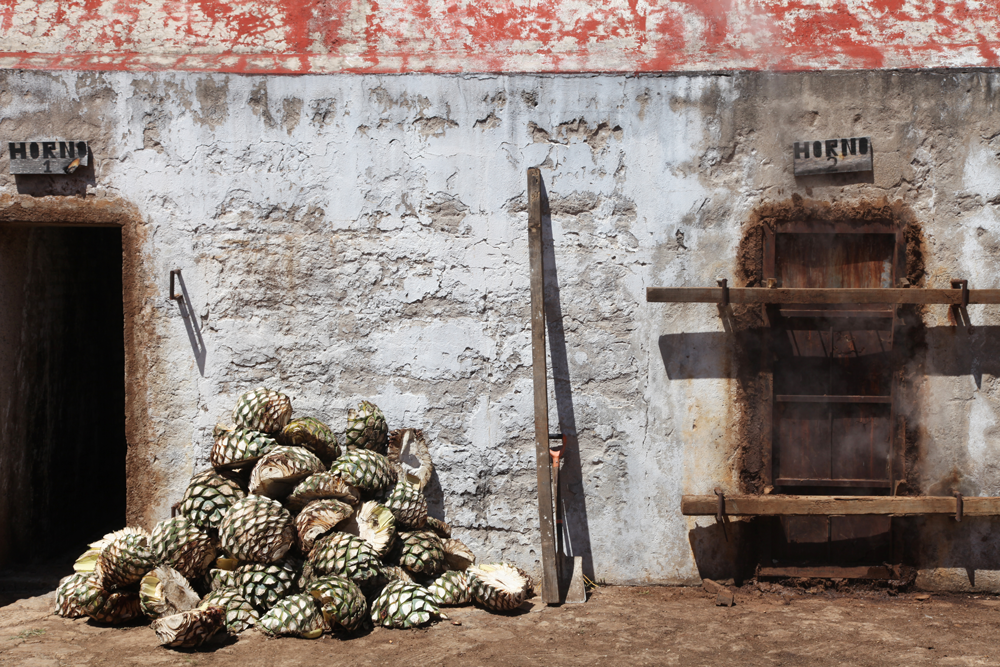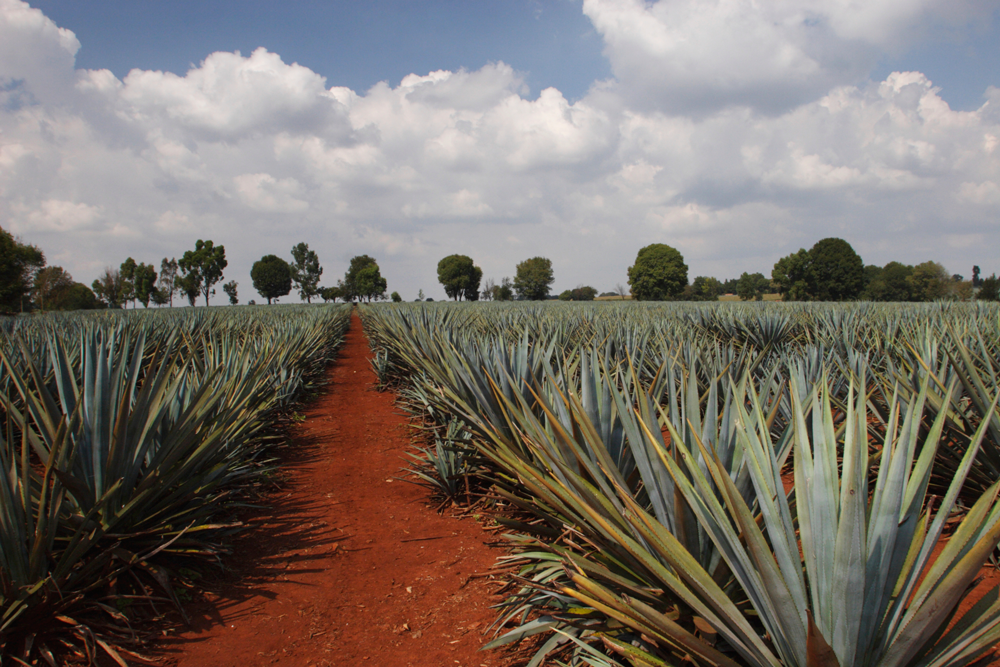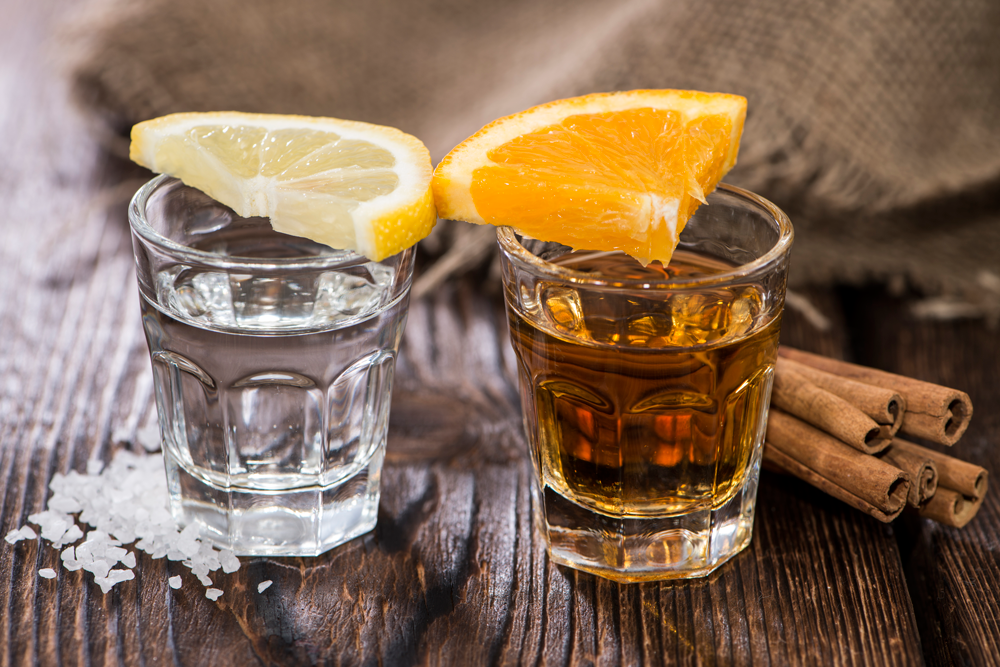While everyone seems to have an opinion about tequila, whether resulting from sampling the sophisticated side of the liquor or perhaps a rough night of too much Cuervo, this quintessential Mexican delicacy is deeply rooted in tradition. One of the most recognized exports from Mexico, this spirit which is derived from the agave plant has a rich and fascinating history. While tequila seems to ignite passionate opinions for and against it when brought up in conversation, it continues to endure as Mexico’s most famous distilled beverage.
Rich in History

The earliest form of tequila, then called pulque, was recorded as far back as 1,000 B.C. It was made from the fermented sap of agave plants and used by the Aztecs, becoming so important to them that they worshipped Patecatl, the god of pulque. Agave distillation was not well recorded in the beginning but is believed to have started in the 1400s during the Spanish conquest, resulting in a Spanish trade route between Manila and Mexico.
By the early 1600s, the Marquis of Altamira founded the first large-scale distillery in the now-famous town of Tequila. The Cuervo family opened the first commercial distillery in 1758 and built an empire. Tequila as we now know it can be traced to Don Cenobio of the Sauza family (who opened their distillery in 1873) who discovered that blue agave was the preferred choice for creating the beverage. The Mexican government declared tequila as intellectual property in 1974, which requires that it only be made and aged in certain regions within Mexico, therefore making it illegal for other countries to manufacture or sell their own form of the spirit and call it “tequila”.
How Tequila is Made

In order to make tequila, a specific process is followed, starting with harvesting a fully mature blue agave plant, usually 8-10 years old. The Jimador (harvester) removes the heart of the agave plant called the “piña” (Spanish for pineapple), which can weigh anywhere from 65 to 135 pounds when mature. Afterwards, the piña hearts are cut open, they are steamed inside of large pressure cookers.
In order to produce just one liter of 100% pure agave tequila, 17 pounds of agave is needed. The resulting liquid is placed in steel vats to ferment anywhere from 12 hours to several days. Following that, the liquid is double distilled to produce incredibly powerful tequila. The process from here is different depending on which type of tequila is being made, including silver, gold and aged varieties.
Tequila Types

Silver (Blanco) tequila is diluted down to 80 proof alcohol content with distilled water. While it is the truest form of tequila, allowing the consumer to detect the intensity of the agave, its bold flavor is often eschewed for more balanced-tasting tequilas. Gold tequila is perhaps the most well-known style in countries besides Mexico, which is diluted with colorings and flavors, making it an affordable choice commonly used in mixed drinks including margaritas. Reposado tequila has been aged 2-11 months in wooden barrels, which adds immense depth to the flavor, with the characteristics of each wood type lending a unique essence. If tequila is aged in this style for more than a year, the pleasant, mellow drink can be labeled Añejo and over three years is known as Extra-Añejo.
Tequila continues to improve as it ages, so the finest versions are incredibly smooth and dark.

